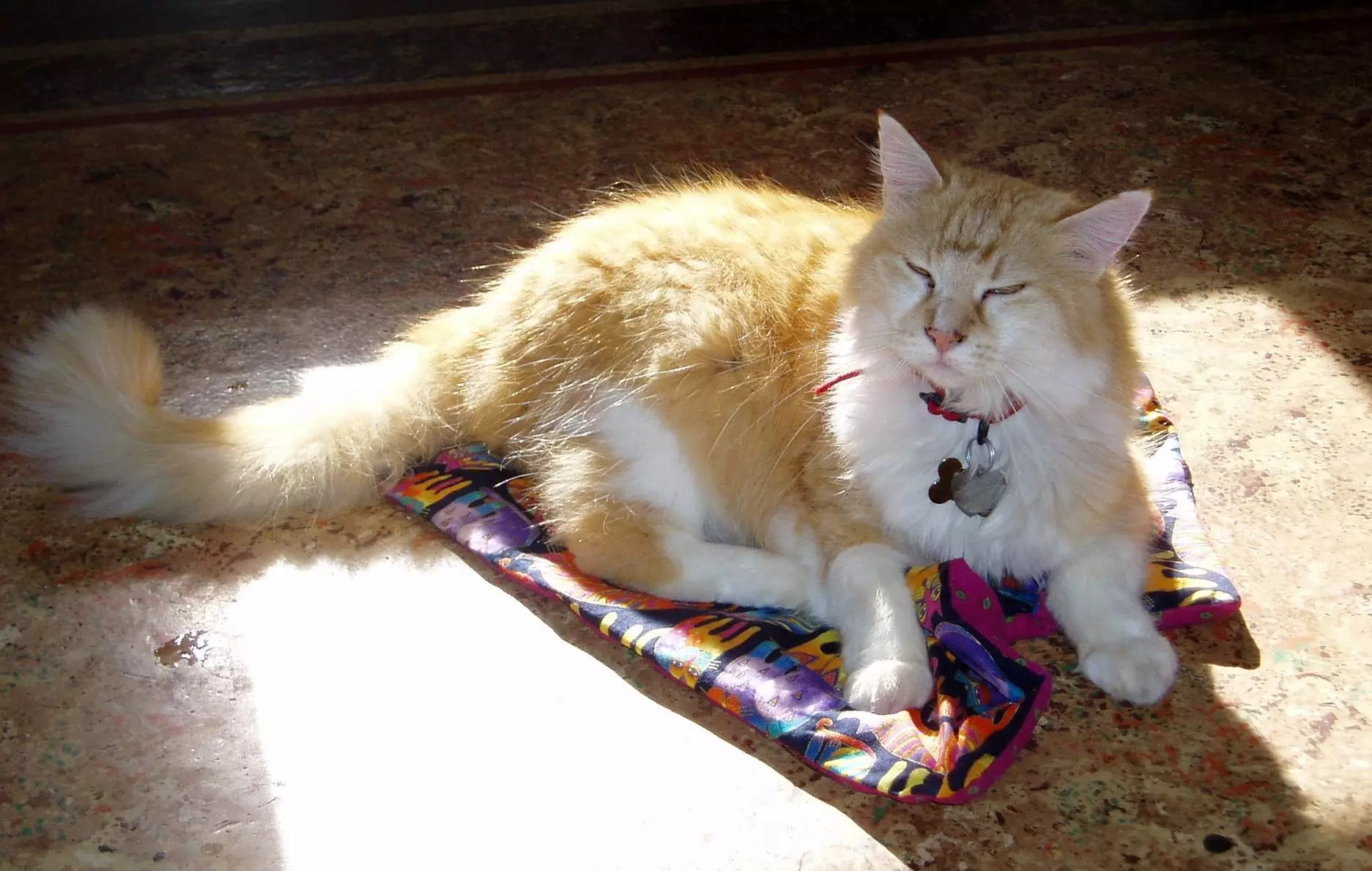Administering medication to cats is often met with resistance, both from the feline and the caregiver. For many pet owners, giving pills is synonymous with an internal battle; the stress of holding the cat while attempting to get the pill down can leave everyone feeling traumatized. Not only is the experience unpleasant for the cat, but it can also have serious health implications that might not be immediately evident. The issue isn’t just about the difficulty of administering a pill; recent studies reveal that this common method could endanger a cat’s well-being if not done properly.
Cats are notoriously stoic creatures. They often mask their discomfort, leaving owners clueless about potential problems until they escalate. Many owners reason that if the pill remains down, all is well—an assumption that can lead to dire consequences. Studies indicate that a significant percentage of pills administered to cats do not make their way past the esophagus. Instead, they cling to the sensitive lining, risking irritation and inflammation.
Recent findings in veterinary medicine shed light on the physiological risks associated with improper pill delivery. A significant concern is that many medications—including those in gel caps—may become lodged in the esophagus, leading to a condition known as esophagitis. This occurrence is particularly dangerous, as it can lead to esophageal strictures, a serious ailment that can require surgical intervention.
Research shows that after a mere five minutes, a staggering 64% of tablet medications and 84% of gel capsules remain in a cat’s esophagus. For those medications that are particularly harsh, such as certain antibiotics, the results can be fatal if not promptly resolved. Instances have been documented where cats suffered severe reactions, and even death, following administration of certain medications like clindamycin. This underscores the importance of understanding the animal’s anatomy and the potential harm pills can invoke if they fail to reach the stomach.
So, what is the remedy for this alarming situation? Fortunately, there are several techniques that can help ensure that cats receive their medication safely and effectively. Just like the instructions that accompany human medications stipulate, cats should also take their pills accompanied by something that aids in swallowing—be it water, a moist treat, or something else palatable. This simple act can help guide the pill down to the stomach, minimizing discomfort and possible complications.
For pet owners struggling with administering pills, employing strategies such as using an eyedropper to give a small amount of water post-administration can be a game changer. This method provides extra moisture to help the pill slide down, while also preventing aspiration into the lungs. Additional techniques, such as coating pills with butter or other enticing substances that mask their taste, can also aid in smoother swallowing. Liquid formulations of medications are another alternative worth exploring; many veterinarians may be able to compound medications in forms that are less challenging to administer.
When your veterinarian prescribes medication for your feline companion, it is crucial to pay attention to how you administer it. Engage with your vet about the best techniques to ensure your pet’s safety. Don’t hesitate to ask questions, seek clarifications, and express any concerns you may have about pill administration. Knowledge is power, especially when it comes to the health of your beloved pet.
Moreover, being proactive in understanding and implementing the right methods can save both you and your cat from unnecessary pain and the potential for unexpected veterinary bills resulting from complications. For conscientious pet owners and animal lovers, creating a stress-free medication experience should be a priority — ensuring that your furry friend receives the care they need while also minimizing discomfort is paramount.
While giving medication to cats may pose challenges, it is essential to recognize the risks and adopt safer methods for administering pills. The health and welfare of your feline companion depend on it, as does the precious bond shared between you and your pet. Always prioritize comfort, safety, and communication with veterinary providers to get the best possible care for your furry friend.


Leave a Reply